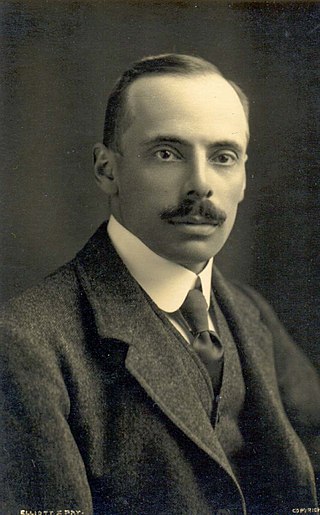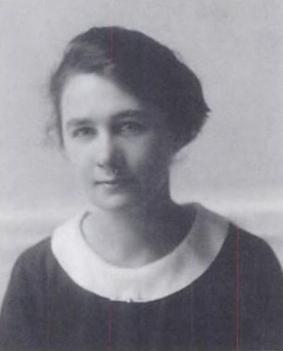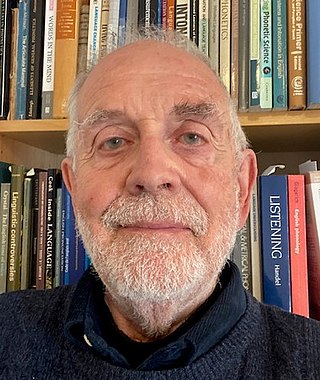Francis J. Nolan is Professor of Phonetics at the University of Cambridge.
Between 1993 and 1995 he was Secretary of the International Phonetic Association, and from 1999 to 2003 its Vice-President. He specialises in phonetics and phonology as well as in forensic linguistics. He was President of the British Association of Academic Phoneticians. He was one of the co-editors of the 1999 Handbook of the International Phonetic Association, the other being John Esling. He co-designed the language of Parseltongue featured in the Harry Potter films.
Approximants are speech sounds that involve the articulators approaching each other but not narrowly enough nor with enough articulatory precision to create turbulent airflow. Therefore, approximants fall between fricatives, which do produce a turbulent airstream, and vowels, which produce no turbulence. This class is composed of sounds like and semivowels like and, as well as lateral approximants like.

Cardinal vowels are a set of reference vowels used by phoneticians in describing the sounds of languages. They are classified depending on the position of the tongue relative to the roof of the mouth, how far forward or back is the highest point of the tongue, and the position of the lips.

Daniel Jones was a British phonetician who studied under Paul Passy, professor of phonetics at the École des Hautes Études at the Sorbonne. He was head of the department of phonetics at University College London.
Phonetic transcription is the visual representation of speech sounds by means of symbols. The most common type of phonetic transcription uses a phonetic alphabet, such as the International Phonetic Alphabet.

Alexander John Ellis was an English mathematician, philologist and early phonetician who also influenced the field of musicology. He changed his name from his father's name, Sharpe, to his mother's maiden name, Ellis, in 1825 as a condition of receiving significant financial support from a relative on his mother's side. He is buried in Kensal Green Cemetery, London.

John Christopher Wells is a British phonetician and Esperantist. Wells is a professor emeritus at University College London, where until his retirement in 2006 he held the departmental chair in phonetics. He is known for his work on the Esperanto language and his invention of the standard lexical sets and the X-SAMPA phonetic script system.
Ian Maddieson is British-American linguist and professor emeritus of linguistics at the University of New Mexico, in the United States. He has served as Vice-President of the International Phonetic Association, and Secretary of the Association for Laboratory Phonology. Maddieson is best known for his work in phonetics, and phonological typology. He spent most of his academic career at the University of California, Berkeley, where he often collaborated with Peter Ladefoged in describing the patterns of speech sounds in the world's spoken languages.

Peter Nielsen Ladefoged was a British linguist and phonetician. He was Professor of Phonetics at University of California, Los Angeles (UCLA), where he taught from 1962 to 1991. His book A Course in Phonetics is a common introductory text in phonetics, and The Sounds of the World's Languages is widely regarded as a standard phonetics reference. Ladefoged also wrote several books on the phonetics of African languages. Prior to UCLA, he was a lecturer at the universities of Edinburgh, Scotland and Ibadan, Nigeria (1959–60).
In phonetics, secondary articulation occurs when the articulation of a consonant is equivalent to the combined articulations of two or three simpler consonants, at least one of which is an approximant. The secondary articulation of such co-articulated consonants is the approximant-like articulation. It "colors" the primary articulation rather than obscuring it. Maledo (2011) defines secondary articulation as the superimposition of lesser stricture upon a primary articulation.
Patricia Ann Keating is an American linguist and noted phonetician. She is distinguished research professor emeritus at UCLA.
William John Barry is a phonetician in Germany.

Lilias Eveline Armstrong was an English phonetician. She worked at University College London, where she attained the rank of reader. Armstrong is most known for her work on English intonation as well as the phonetics and tone of Somali and Kikuyu. Her book on English intonation, written with Ida C. Ward, was in print for 50 years. Armstrong also provided some of the first detailed descriptions of tone in Somali and Kikuyu.

Peter John Roach is a British retired phonetician. He taught at the Universities of Leeds and Reading, and is best known for his work on the pronunciation of British English.
Jack Windsor Lewis was a British phonetician. He is best known for his work on the phonetics of English and the teaching of English pronunciation to foreign learners. His blog postings on English phonetics and phoneticians are prolific and widely read.
John Henry Esling, is a Canadian linguist specializing in phonetics. He is a Professor Emeritus of Linguistics at the University of Victoria, where he taught from 1981 to 2014. Esling was president of the International Phonetic Association from 2011 to 2015 and a co-editor of the 1999 Handbook of the International Phonetic Association.
John David Michael Henry Laver, was a British phonetician. He was emeritus professor of speech sciences at Queen Margaret University, and served as president of the International Phonetic Association from 1991 to 1995.

Wiktor Jassem was a Polish phonetician, philologist, linguist, technical sciences professor, and honourable member of Polish Phonetic Association. He specialized in acoustic phonetics and conducted research on the production of sounds and the processes of understanding of the speech.

Carl Adolf Theodor Wilhelm Viëtor was a German phonetician and language educator. He was a central figure in the Reform Movement in language education of the late 19th century, which sought to replace the traditional grammar–translation method with oral language teaching.
Beatrice Lilian Honikman was a phonetician of South African origin who taught at SOAS University of London and the University of Leeds. Her special field was the phonetics of African languages.
Laura Soames was a British phonetician, best known for her work applying phonetic principles to the teaching of the pronunciation of English and of foreign languages. An important contribution of her work was to popularize phonetics among language teachers.